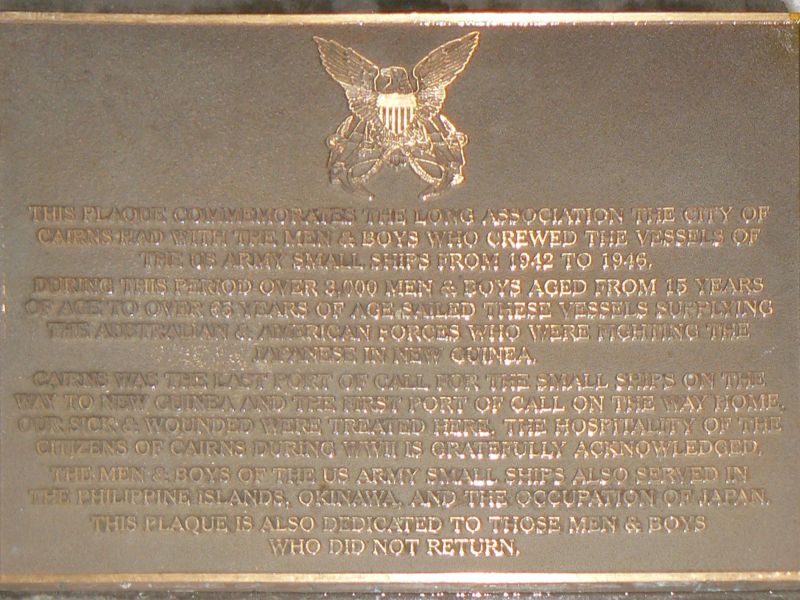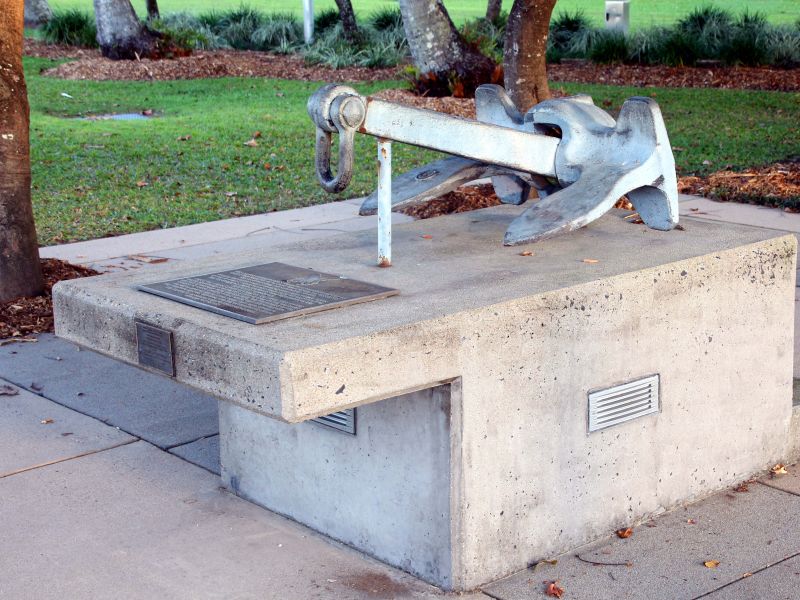The Forgotten Fleet
For the first two years of its operation, the vast majority of the crews of the vessels in the Small Ships Section were Australian. The Small Ships Section was a US Army unit that mostly operated in support of the US Army so they’ve generally been overlooked when the stories of Australia’s involvement in the Pacific War have been written. Nevertheless, over 3,000 Australian civilians, including one woman, served alongside 1,372 U.S. Army Personnel. Crews also included merchant seamen from around the world.
The U.S. Army Small Ships Section was formed in response to advancing Imperial Japanese Forces in the South Pacific during the Second World War. The fleet consisted of a variety of vessels acquired or built in Australia and New Zealand, including fishing trawlers, schooners, luggers, tugs, yachts and ferries. In some cases ships’ crews were retained after acquisition of their vessels. During 1944 employment was also granted to members of the Australian Merchant Navy as qualified seamen were required and Australian vessels were unavailable after heavy losses.
The Australians who served with Small Ships Section were released for employment by the Commonwealth Manpower Directorate. Australian men and boys, ranging in age from 15 to 65 years, from a wide variety of backgrounds, served on civilian contract. Many members had disabilities that prevented regular active service, while many were veterans of previous conflicts. Some had served in the Boer War while many were veterans of the First World War.
Sailing under the American flag, they were tasked with bringing supplies and equipment to allied troops fighting the Japanese across the South Pacific. Allied progress from the Battle of Buna through to the Liberation of the Philippines was dependent on Small Ships Section. During the New Guinea campaign Small Ships would land troops, evacuate wounded and carry supplies required for the allied advance. Much of this work was performed at night, in most cases without radio or charts. The shallow-draft vessels were able to navigate the dangerous coastline of New Guinea. Once the ships arrived off allied-held beaches, supplies often were transferred to native canoes manned by Papuan or New Guinean natives. There are many accounts of members achieving the most incredible nautical feats and performing acts of bravery. Many ships were sunk by enemy action and officially 36 Australian members were killed in action. In 1942 the situation in New Guinea was so desperate that thirty-five members of 2/7th Battalion of the A.I.F.’s Sixth Division volunteered to join Small Ships Section.
After the war Australians who served in Small Ships Section were unrecognised officially and there was little available information about their service. Lack of recognition led to shame and resentment in many cases. Many crew members never spoke about their service and many died before official recognition was achieved. The U.S. Government granted veteran status to Second World War merchant mariners in 1988. Soon after, several persistent surviving veterans were granted U.S. merchant marine award entitlements. Recognition was somewhat slower in Australia.
Sources:
www.tracesmagazine.com.au/2017/07/the-rag-tag-fleet
AWM website

 Henry C Moulds
Henry C Moulds